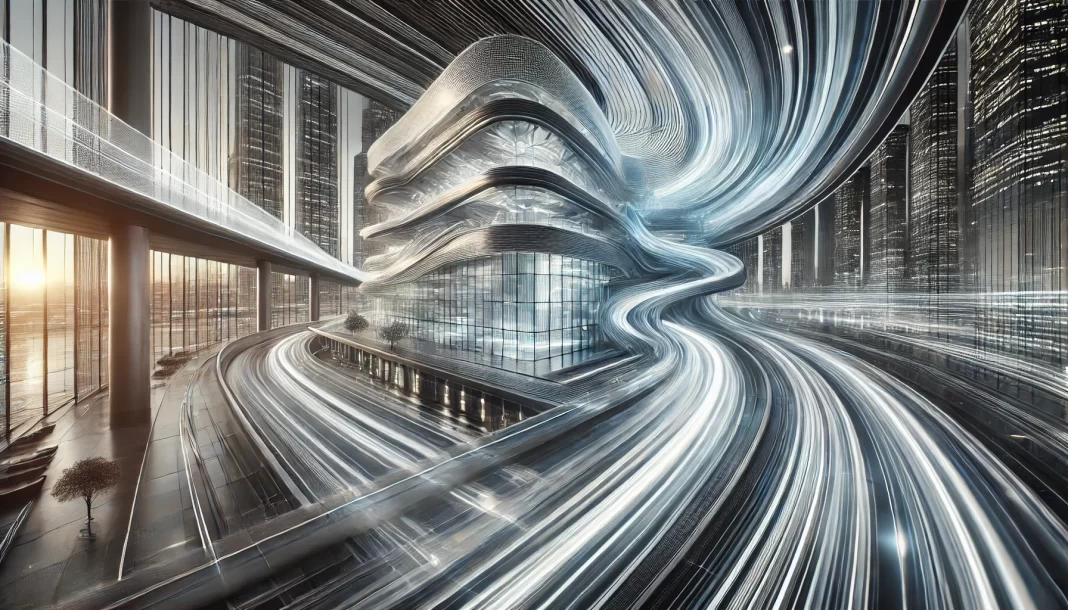Architecture is a field that constantly evolves, drawing inspiration from various disciplines. One of the most fascinating influences in recent years is chronophotography, an early photographic technique used to capture movement over time. This interplay between time and space has sparked creativity in architects, leading to designs that break traditional boundaries and redefine the way we experience structures.
In this blog, we’ll explore how chronophotography has influenced modern architecture, offering a fresh perspective on design principles and creativity.
What Is Chronophotography?
Chronophotography, developed in the late 19th century by pioneers like Étienne-Jules Marey and Eadweard Muybridge, is a photographic technique that captures multiple phases of movement in a single frame. Originally used to study motion in humans and animals, this method highlighted the fluidity and rhythm of movement.
In architecture, this concept translates to designing structures that convey motion or reflect the passage of time. It’s not about static forms but dynamic expressions, pushing boundaries and exploring how buildings interact with their environment.
How Chronophotography Influences Architectural Design
Capturing Movement in Static Structures
One of the most intriguing aspects of chronophotography is its ability to represent movement in a still medium. Architects influenced by this art form incorporate elements that suggest motion, using sweeping curves, overlapping forms, or dynamic patterns.
For example, Zaha Hadid’s buildings, like the Heydar Aliyev Center in Azerbaijan, showcase flowing, wave-like designs that seem almost alive. These designs embody the principles of chronophotography, where motion is implied even in stillness.
Blurring the Line Between Time and Space
Chronophotography emphasizes the idea that time is an integral part of any visual composition. Architects inspired by this philosophy often create designs that change with light, weather, or even user interaction.
Consider structures like the Louvre Pyramid by I. M. Pei. While it doesn’t directly mimic chronophotography, its interaction with light and reflections creates a dynamic experience that shifts throughout the day, making time a visible element of the architecture.
Layering and Fragmentation in Design
The layering seen in chronophotographic studies is another concept that finds its way into architecture. By stacking or fragmenting elements, architects create depth and complexity. This approach is often used in façade designs, where overlapping materials or panels mimic the fragmented yet cohesive nature of chronophotographic images.
An example is the Dynamic Tower in Dubai, which literally moves as each floor rotates independently. While this is an extreme example, it encapsulates the essence of architecture that feels alive.
Key Examples of Architecture Influenced by Chronophotography
1. The Dancing House, Prague
Designed by Frank Gehry and Vlado Milunić, this building resembles a couple dancing, capturing the fluid motion inspired by chronophotographic studies. Its unique silhouette conveys energy and movement, making it an architectural icon.
2. The Milwaukee Art Museum
Santiago Calatrava’s design incorporates kinetic elements, such as moving wings that open and close, creating a literal interpretation of time and motion.
3. The Blur Building, Switzerland
This pavilion, designed by Diller Scofidio + Renfro, uses mist to create a constantly shifting structure, embodying the ephemeral nature of time captured in chronophotography.
Why Chronophotography Matters in Architecture Today
Chronophotography has pushed architects to think beyond traditional forms and explore how buildings can tell stories. By integrating the concept of movement, architects create structures that engage users, spark curiosity, and foster emotional connections.
Aesthetic Appeal
Buildings influenced by chronophotography often stand out for their beauty and fluidity, challenging conventional design norms.
Functional Innovation
These designs don’t just look good; they often incorporate innovative engineering solutions, like moving parts or adaptable materials, to bring the concept of motion to life.
Environmental Interaction
Many of these structures engage directly with their surroundings, responding to changes in light, weather, or human activity, making them more sustainable and adaptable.
Creating Timeless Architecture
As we continue to push the boundaries of design, the influence of chronophotography on architecture serves as a reminder that great buildings are not just static objects but dynamic experiences. Whether through implied motion, interactive elements, or layered designs, this approach invites us to see architecture as a living, breathing art form.
Conclusion
Architecture influenced by chronophotography brings together art, science, and storytelling in remarkable ways. By embracing the fluidity of time and motion, architects create spaces that resonate deeply with those who inhabit them. Whether you’re an aspiring designer or simply someone who loves innovative buildings, understanding this intersection of photography and architecture offers a fresh perspective on the built environment.
The next time you marvel at a structure that feels alive, think of chronophotography—and how it has transformed the way we experience architecture.



